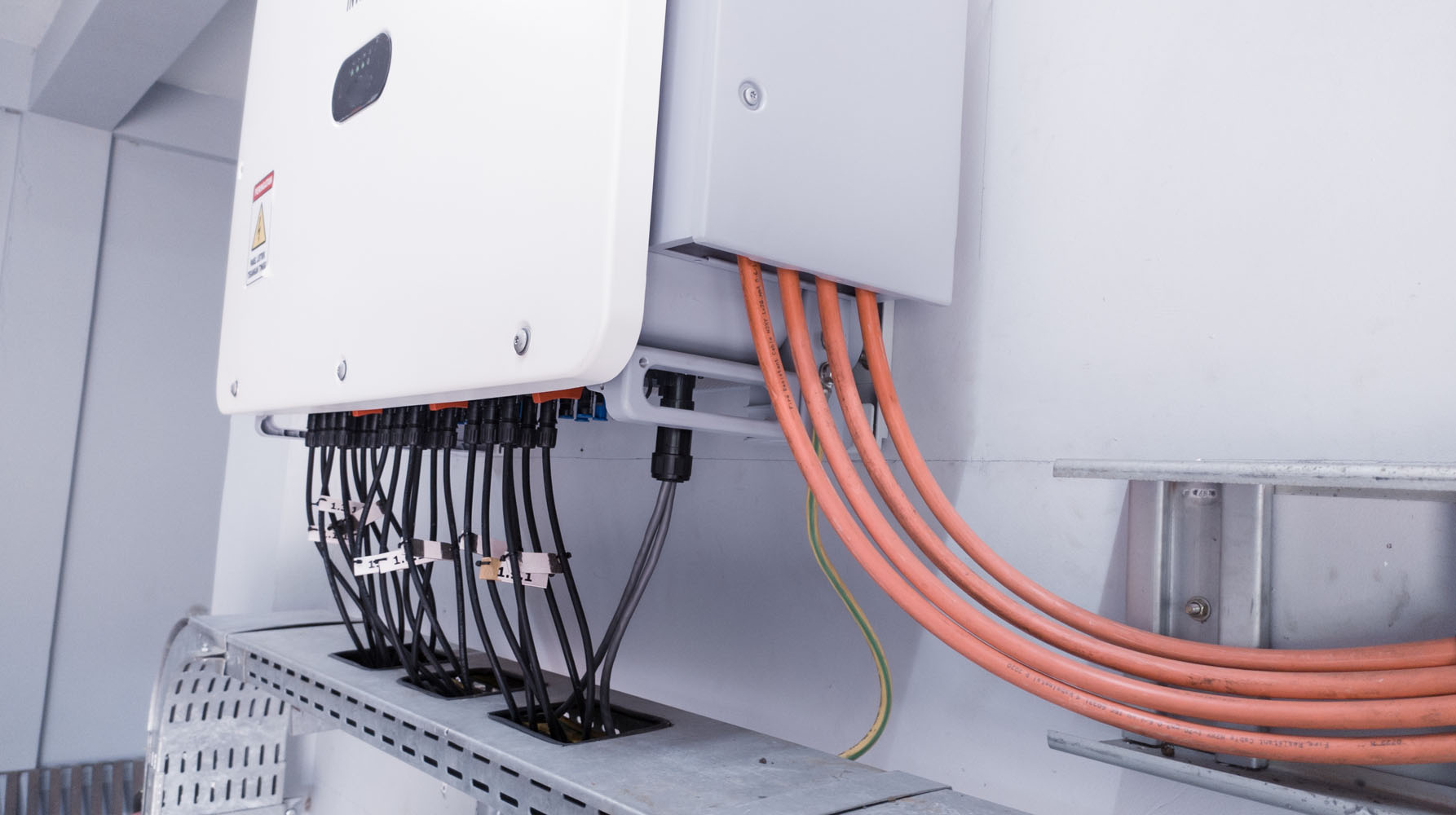Battery technology is advancing at a rapid pace, and its role in renewable energy systems is more important than ever. As the world moves towards cleaner energy sources, batteries will play a critical role in stabilizing the grid, enhancing energy storage, and supporting electric vehicles (EVs). In this article, we’ll explore the future of battery technology and how it will shape the renewable energy landscape.
1. Current State of Battery Technology
Right now, lithium-ion batteries dominate the market for residential and commercial energy storage. They are efficient, compact, and have long lifespans, making them ideal for solar energy systems and electric vehicles. However, researchers and companies are actively working on new technologies that promise even better performance.
2. Next-Generation Battery Technologies
Several emerging battery technologies are poised to revolutionize the energy storage industry. Here are some of the most promising advancements:
2.1 Solid-State Batteries
Solid-state batteries use a solid electrolyte instead of the liquid or gel electrolyte found in conventional lithium-ion batteries. This new design promises several key advantages:
- Higher energy density: Solid-state batteries can store more energy in a smaller space, making them ideal for both residential storage and electric vehicles.
- Improved safety: The solid electrolyte is non-flammable, reducing the risk of fires or explosions.
- Longer lifespan: Solid-state batteries are expected to last longer and have a higher number of charge cycles compared to traditional lithium-ion batteries.
2.2 Flow Batteries
Flow batteries store energy in liquid electrolytes contained in external tanks. They have the ability to scale up easily and are particularly well-suited for large-scale energy storage applications, such as industrial facilities or grid support.
- Long-duration storage: Flow batteries can provide energy for extended periods, making them ideal for supporting the grid during long outages or periods of low renewable energy generation.
- Scalability: The capacity of a flow battery can be increased by simply adding more electrolyte, offering a flexible solution for varying energy needs.
2.3 Lithium-Sulfur Batteries
Lithium-sulfur batteries are another promising alternative to lithium-ion. They offer a higher energy density, meaning they can store more energy for the same weight, making them ideal for electric vehicles and mobile applications.
- Lower cost: Lithium-sulfur batteries could be more affordable than current lithium-ion technologies, making renewable energy storage even more accessible.
3. Batteries and the Electric Vehicle Revolution
The rapid growth of the electric vehicle (EV) market is driving innovation in battery technology. As more EVs hit the road, demand for more powerful and longer-lasting batteries will increase. This will benefit not only the EV industry but also home energy storage systems, as advancements in EV batteries often trickle down to the residential market.
- Bidirectional charging: Future EV batteries may come equipped with bidirectional charging, allowing your EV to act as a mobile battery. This means you could use your car to power your home during an outage or to store excess solar energy.
- Fast-charging: Advancements in fast-charging technology are making it possible to charge EVs and home batteries in a fraction of the time, reducing downtime and improving convenience.
4. Batteries and Grid Stabilization
As more renewable energy sources like wind and solar are integrated into the grid, battery storage will play a crucial role in stabilizing energy supply. Since renewable energy is intermittent (the sun doesn’t shine 24/7, and the wind doesn’t always blow), batteries can store excess energy during periods of high production and release it when demand is high or production is low.
- Virtual power plants (VPPs): In the near future, networks of home batteries could be linked together to form virtual power plants. These VPPs would supply electricity to the grid during peak demand, helping to stabilize energy supply and reduce the need for fossil fuel backup plants.
5. The Environmental Impact of Next-Generation Batteries
While current lithium-ion batteries have made renewable energy storage feasible, they still have environmental challenges, particularly regarding mining for raw materials like lithium and cobalt. Next-generation battery technologies, such as solid-state and flow batteries, are expected to reduce the environmental impact of battery production by relying on more abundant, less harmful materials.
Conclusion
The future of battery technology is incredibly promising. With advancements like solid-state and flow batteries on the horizon, and innovations in the EV market pushing the boundaries of energy storage, we’re entering a new era where renewable energy and battery storage will play a critical role in powering our homes, vehicles, and even the grid. As battery technology continues to evolve, it will become an even more essential component of the transition to a clean energy future.







